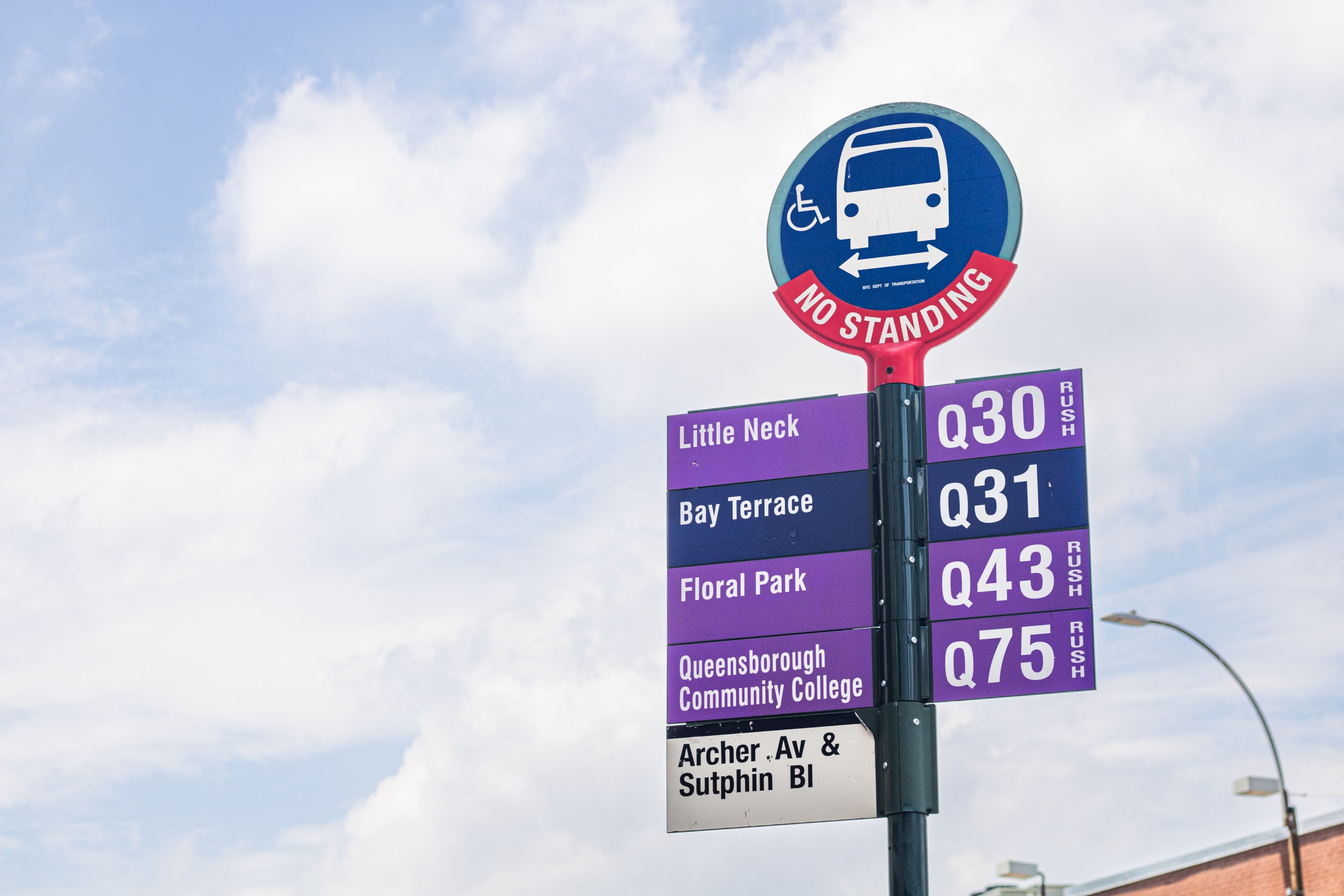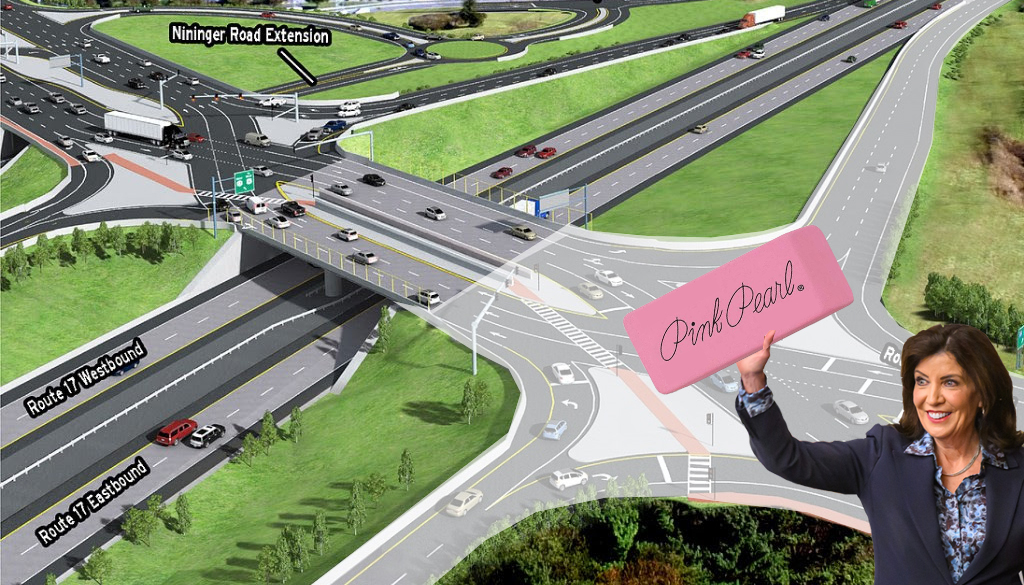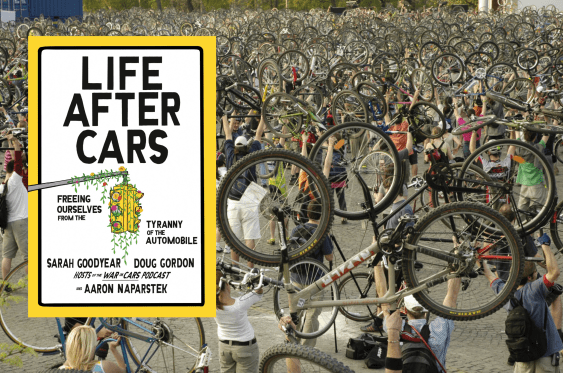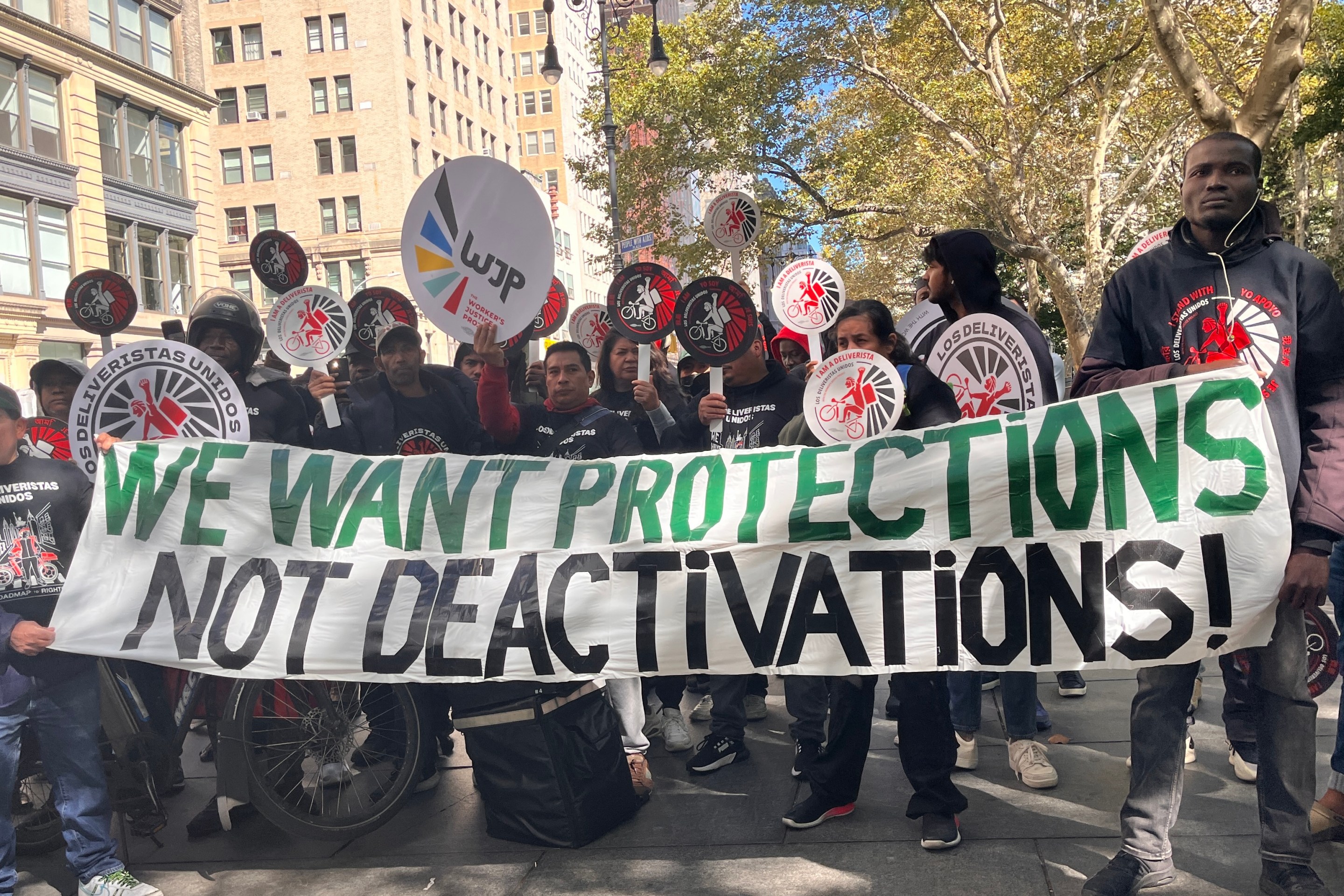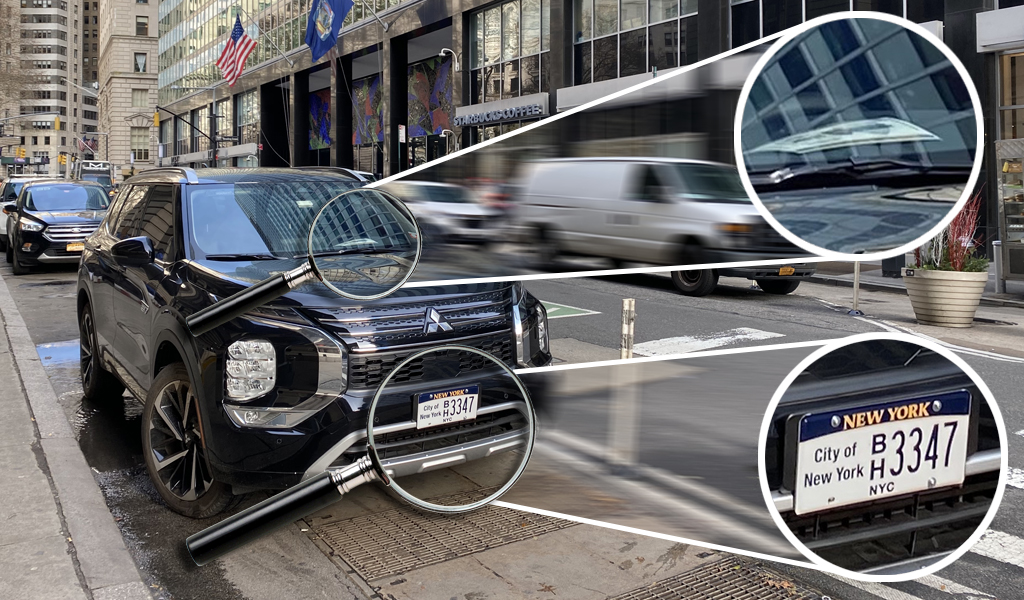Queens residents are feeling the "rush" this summer.
MTA officials began the process of implementing experimental "rush" bus routes never before seen in the city in a promising bid to boost connectivity and service speeds in the World’s Borough.
The MTA project, which launched last month after a lengthy six years of planning and community outreach, brings the total number of Queens bus routes from 113 to 124 and introduces "rush" routes that expedite trips from residential outskirts to transit hubs. Rush buses make regular stops in residential neighborhoods but fewer stops in busy downtown Flushing and Jamaica to avoid wasted time merging in and out of traffic.
Officials peg the cost of the changes at about $34 million in extra annual operating costs, covered by the city and the MTA — a worthy investment for the first cohesive refresh of the Queens bus network in over 100 years, MTA CEO and Chairman Janno Lieber said at a press conference on June 29.
“They need fast and frequent service, and they are going to get it with this redesign,” Lieber exclaimed.
The redesign will added 25 new “rush” routes in total with a combination of local and express service.
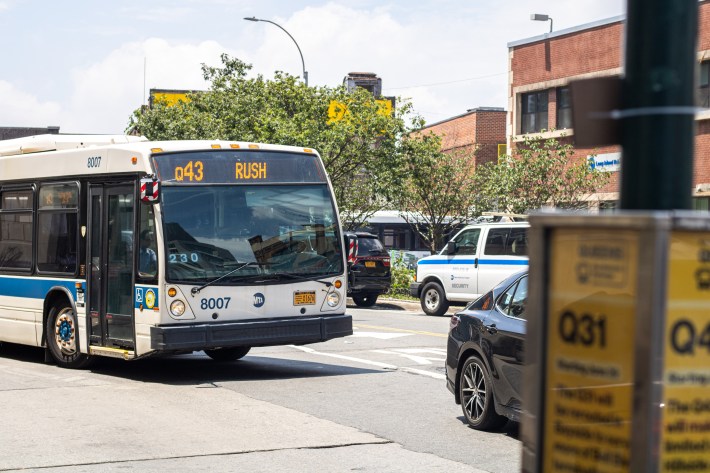
Off to a smooth start
The new routes ran smoothly when Streetsblog rode them last week, bringing residential commuters through busy urban streets without getting snagged in traffic. Bus drivers occasionally made unplanned stops to accommodate riders still used to their old routes.
“They’re a little faster, a little more convenient,” said Herbert, a Q43 rider from Jamaica Center to Floral Park, who appreciated the new routes for his daily commute. “So far, so good.”
According to the MTA, each removed bus stop shaves off between 20 seconds and a minute of transit time. On rush routes like the Q43, this brings the total ride length down by at least nine minutes.
Apart from rush routes, the MTA also cut down on detours, spaced out stops and adjusted frequency of the borough’s bus routes. Now, 124,000 more people will have access to a bus that arrives every 10 minutes or better, the DOT said. The project also increases night service, expanding the network to 68,000 more residents.
Similar redesigns cleaned up the bus networks of the Bronx and Staten Island and, in the case of the former, helped boost bus speeds by up to 4 percent and ridership by 6 percent — results the city hopes to replicate in Queens, and eventually Brooklyn.
Sunday was just the first phase of the project, with a second and final part to come at the end of August.
Early drafts of the plan dating back to 2019 drew criticism for not dedicating enough money nor involving enough community input — but the MTA did better this time around, pouring more money into the project, holding more than 250 outreach events and taking over 18,000 public comments.
MTA employees and volunteers were out in Flushing and Jamaica this week handing out pamphlets and answering riders’ many questions about the new routes.
“Most riders, at least where I was, were pretty comfortable three days in,” said one shift worker, Brian Fritsch, associate director of the MTA’s Permanent Citizens Advisory Committee. “Once explained, everyone thought that was a good change in theory.”
But the transition is not without some growing pains. One rider of the Q25, Trisha Barrientos, said she appreciated her faster daily commute — hitting a mere 11 stops instead of 30 — but was frustrated her driver didn’t know if her stop was still on the route.
“You’re on the bus driving around and you don’t know where you’re going. I’m on the bus going around and I don’t know where I’m going,” she said to him. “Looks like we’re in the same boat.”
More outreach was necessary beforehand, said Barrientos, in order to cut down on confusion in the opening days of the redesign. To Barrientos, who described herself as “tech savvy,” the bigger problem is for elderly riders. “My grandma doesn’t have that luxury,” she said.
Rider Latora Williams, however, said that the MTA's outreach was perfectly fine, but wasn't sure about the project's ultimate success. "I'll just find out as I go," she said.
"When there's traffic, it's slow. When there's no traffic, it's fast," said John, 57 and a frequent rider of the Q27, who noted that he hadn't noticed much of a change in his commute this week.
Near Flushing, another Q27 rider said that, although rush routes might be a plus, nothing could be done to streamline transit out of the bustling district. "This whole area is a catastrophe no matter what they do," said Spiro K.
Until next Friday, MTA-organized volunteers — many of whom speak multiple languages to accommodate as many riders as possible — will stay on the streets to ease the transition.
“You’re never going to reach everyone and make everyone happy in these situations,” said Fritsch, adding that the MTA has committed to making changes down the line. “That’s just part of managing a dynamic system. It’s never going to be perfect. But at some point you have to implement and see how it works, and stop drawing lines on a map.”
